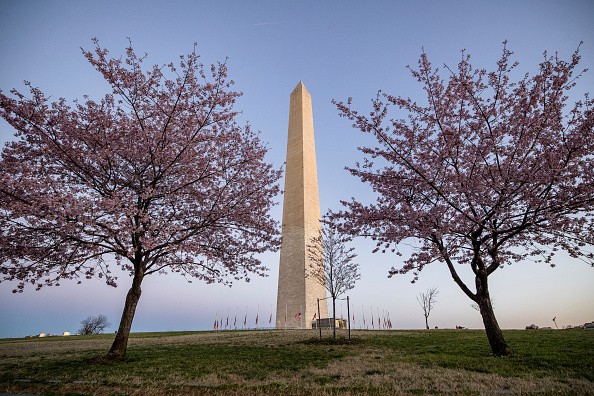It's difficult to overestimate the environmental value of trees, which, among other roles remove climate-changing carbon from the atmosphere, purify the air of contaminants, and help curb runoffs.

Role of Urban Trees in Stormwater Management
While some of these benefits may be difficult to measure, a new study carried out by researchers from the University of Maryland sheds light on the role of urban trees in stormwater management, they discovered that even solitary trees along a roadway or in parks can have a substantial effect.
Individually planted trees capture, store, and release stormwater back into the atmosphere at a rate three times higher than trees in a forest, according to a study published on Nov. 22 in the journal Scientific Reports by Assistant Professor Mitch Pavao-Zuckerman and doctoral candidate Sara Ponte, both of the Department of Environmental Science and Technology.
With financing from the Chesapeake Bay Trust, the project was carried out in collaboration with the US Forest Service and the non-profit Center for Watershed Protection, according to Phys.org.
The publication investigates how trees function in various urban settings, from streets to small patches of forest, providing information that can aid in the management of green infrastructure, such as the growing practise of monitoring the environmental service provided by trees to measure stormwater or other fees assessed by municipalities.
Also Read: Living in Greener Areas Lessen the Chances of Getting Cardiovascular Diseases
Importance of Trees in Urban Landscapes
The researchers state that their findings may help tree-crediting regulations better represent the real benefits of trees in urban environments since trees interact with water and their surroundings differently in cities than they do outside cities.
The next step will be to scale up this data collection on how each tree performs to determine how a whole stand or patch of trees mitigates stormwater flows.
Pavao Zuckerman's team examined transpiration in three different urban settings: a closed canopy forest near Baltimore, single trees over turfgrass, and a cluster of trees over turfgrass in Montgomery County.
They created and employed sap flux sensors to get a better understanding of how plants access groundwater, putting them in 18 mature red maple trees during the growing season to track transpiration rates.
Guidelines For Managing Urban Stormwater Runoff
At each location, they also took measurements of soil moisture, air temperature, relative humidity, and precipitation.
Deb Caraco, a senior watershed engineer at the Center for Watershed Protection said that knowing how urban trees influence different parts of water balance, such as the evapotranspiration component mentioned in Mitch and Sarah's paper, provides a better awareness of the advantages of urban trees, and where and how to plant and preserve them to achieve the greatest benefit.
The results, according to Pavao-Zuckerman, may be used as guidance for urban stormwater management, and the existing technique of depending on data collected from non-urban places to estimate the influence of urban trees should be abandoned.
Related Article: Madrid Will Plant a Massive Urban Forest to Combat CO2 Emissions in City
For more news, updates about urban trees and similar topics don't forget to follow Nature World News!
© 2024 NatureWorldNews.com All rights reserved. Do not reproduce without permission.

![Tsunami Hazard Zones: New US Map Shows Places at Risk of Flooding and Tsunamis Amid Rising Sea Levels [NOAA]](https://1471793142.rsc.cdn77.org/data/thumbs/full/70325/280/157/50/40/tsunami-hazard-zones-new-us-map-shows-places-at-risk-of-flooding-and-tsunamis-amid-rising-sea-levels-noaa.jpg)



